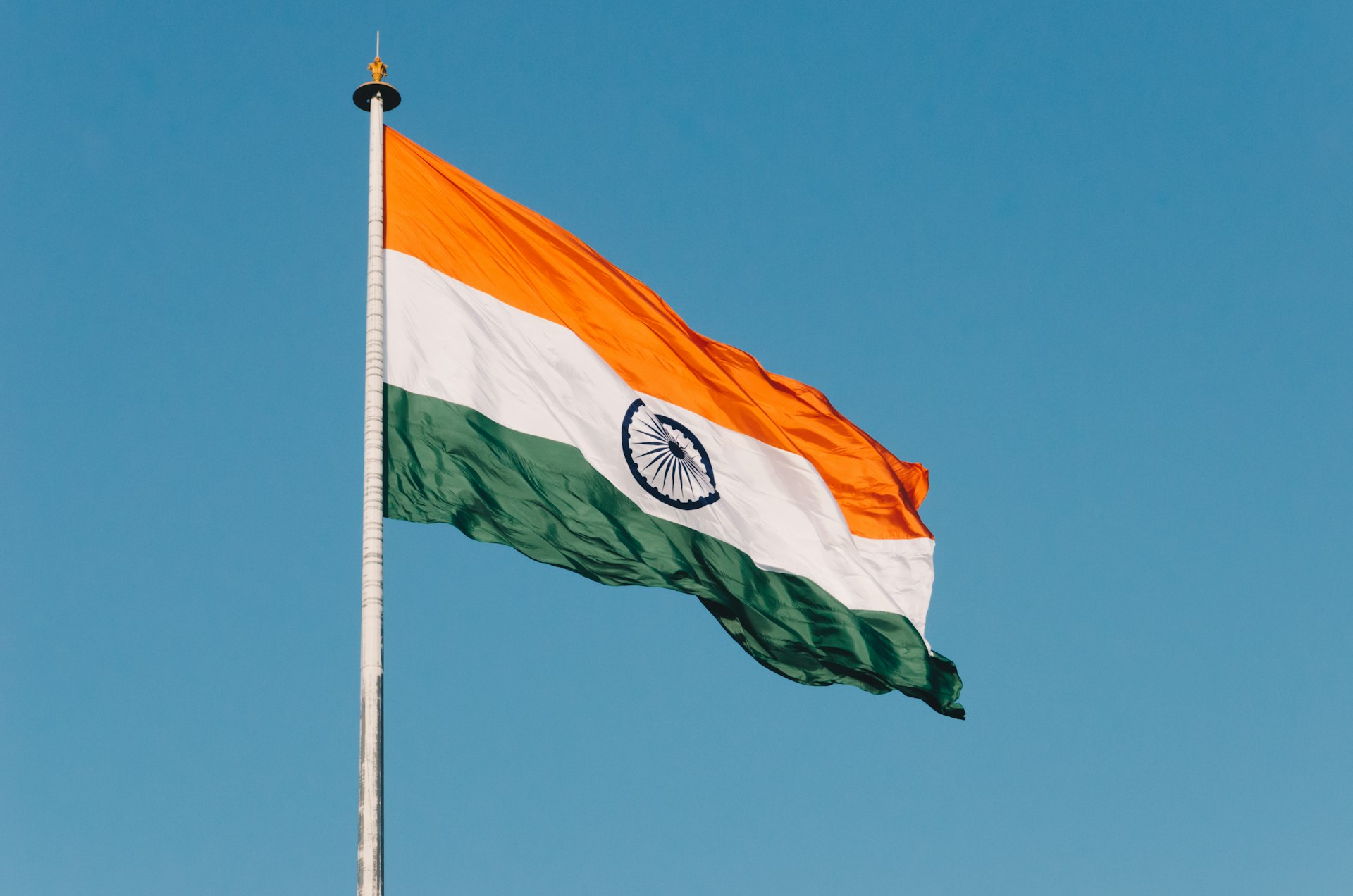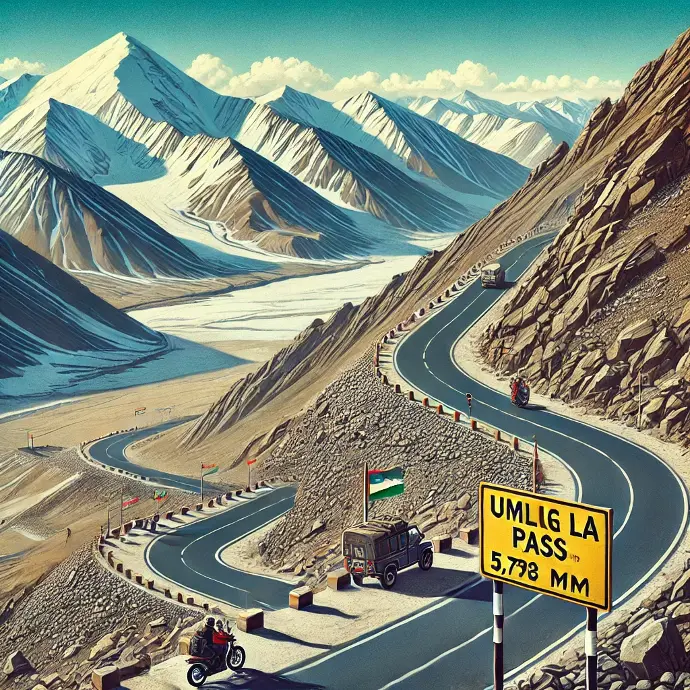Geography
Geography is the study of Earth's landscapes, environments, and the relationships between people and their surroundings. It explores physical features like mountains, rivers, and climates, as well as human activities such as settlements, cultures, and economies. Geography is divided into two main branches: physical geography, which focuses on natural processes and features, and human geography, which examines how humans interact with and shape their environment. It helps us understand the world’s diversity, resources, and challenges like climate change and urbanization.

India's geography is incredibly diverse, ranging from the Himalayas in the north, the world's highest mountain range, to the Indian Ocean in the south. The country is home to the Thar Desert in the west, dense rainforests in the northeast, and fertile river plains formed by major rivers like the Ganges, Yamuna, and Brahmaputra. India’s geography also includes the Deccan Plateau, rich in minerals, and the Sundarbans, the world’s largest mangrove forest, located in the east.4o mini
India is the only country in the world with both a desert and a rainforest in the same longitude!
The Thar Desert in Rajasthan and the Mawsynram-Cherrapunji region in Meghalaya (the wettest place on Earth) lie along the same longitude (about 91°E to 72°E). While the Thar Desert receives less than 200 mm of rainfall annually, Mawsynram gets over 11,000 mm of rainfall each year!
This extreme contrast highlights India's diverse and unique geography, ranging from scorching deserts to lush rainforests within the same longitudinal range. 🌵🌧️

India has the world's highest motorable road! 🏔️🚗
The Umling La Pass in Ladakh, at an altitude of 5,798 meters (19,024 feet), is the highest motorable road in the world. It surpasses even the famous Khardung La and offers breathtaking views of the Himalayas. Due to extreme weather conditions, driving here is challenging, but it attracts adventure seekers from around the world!
